From insight to impact: T-Mobile's 68% overnight conversion surge
Conversion rate optimization (CRO) is a top priority for e-commerce managers. T-Mobile, a leading mobile operator in Poland, faced a sudden drop in conversion rates during a campaign. Leveraging the power of analytics and CUX, they were able to identify the issue, make data-driven decisions, and swiftly restore their conversion rates.
68%
conversion recovery overnight

Challenge
During a campaign, T-Mobile experienced an unexpected decline in conversion rates. Visitors were proceeding from the landing page to the next step but were abandoning the process at the shopping cart stage, resulting in a significant drop in conversion rates.

Goals:
- Find the cause of the drop The main aim was clear: figure out why this was happening and pinpoint the exact step that caused users to abandon the process.
- Fix the journey and recover conversions T-Mobile set out to improve the user experience, align the offer presentation across the journey, and bolster conversion rates to restore campaign success.
Our approach
Using CUX to identify the cause
T-Mobile used CUX to deeply analyze user behavior and pinpoint the root cause of the sudden conversion drop. By studying Visit Recordings, they observed the exact actions of users who added items to their carts but failed to complete the purchase.
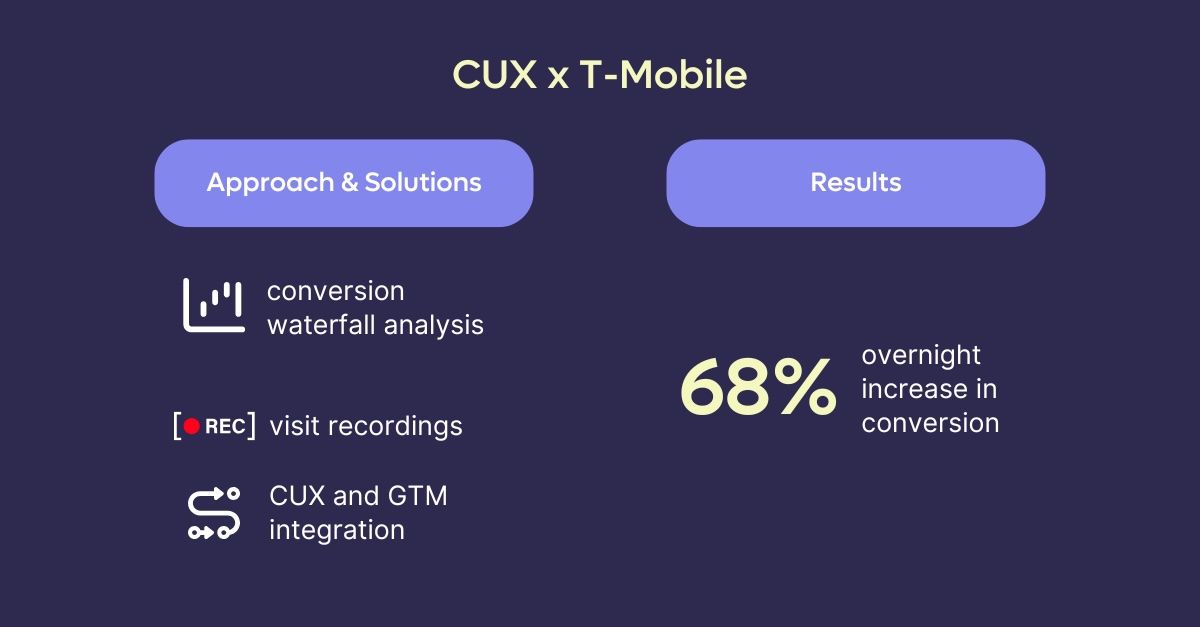
Spotting the pricing discrepancy
Visit Recordings revealed a critical discrepancy between the offer presented on the landing page and the offer displayed after adding items to the cart. The pricing of the device and the internet package had changed, leading users to abandon their purchases due to the inconsistency.
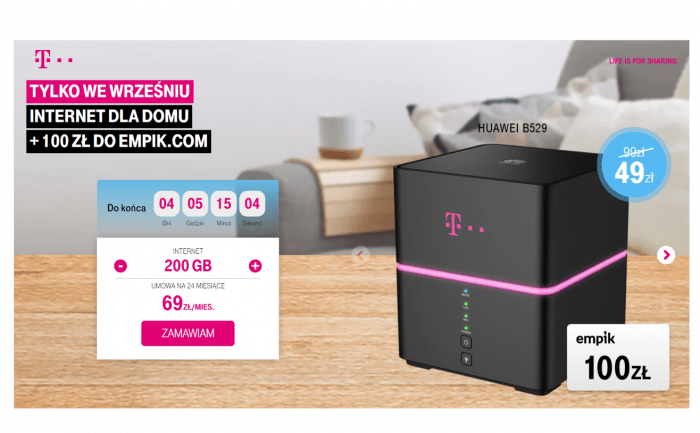
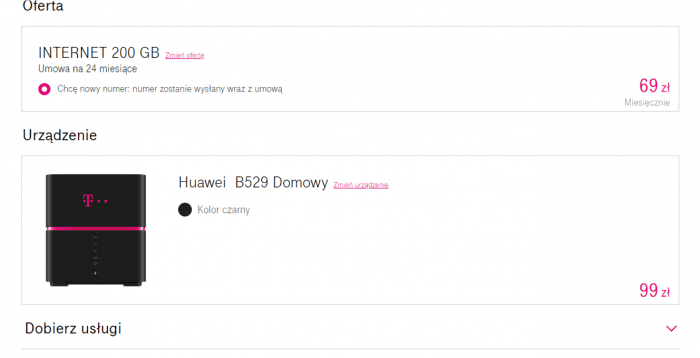
Combining CUX and Google Tag Manager
Such efficient issue detection was possible thanks to the integration of CUX with Google Tag Manager. The integration provided T-Mobile with a comprehensive view of both quantitative and qualitative data.
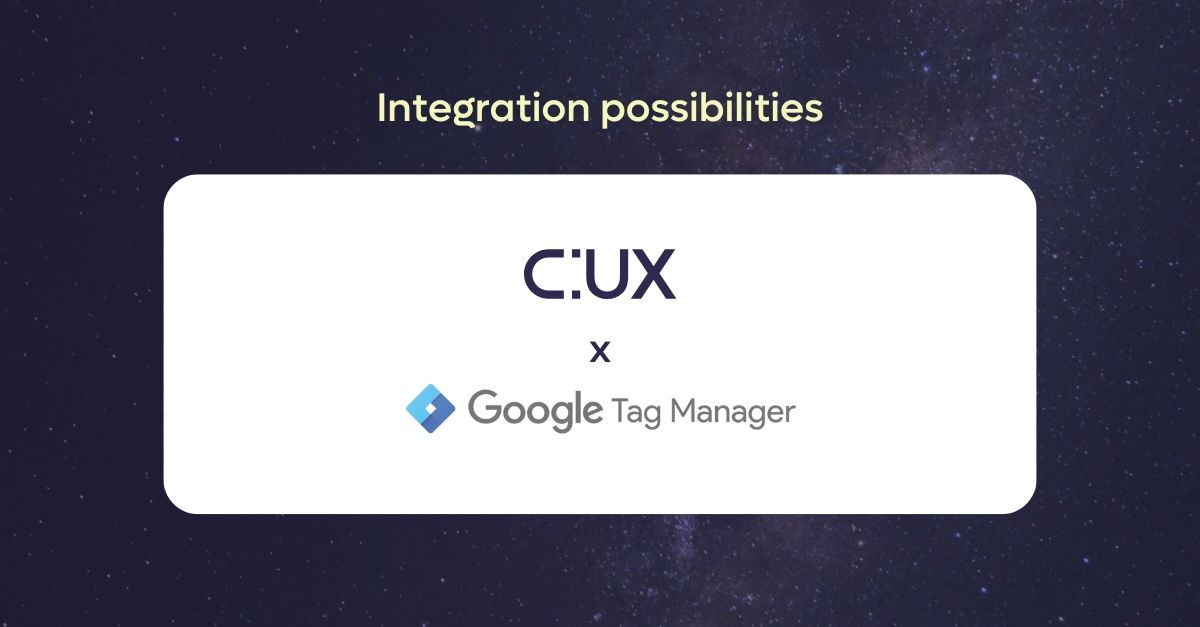
While Google Analytics gave the T-Mobile team some hints, the real magic happened when qualitative and quantitative insights blended together. All the data and events from the data layer flowed seamlessly into cux.io. And with a sprinkle of simplicity, using filters based on names and categories, the T-Mobile team could pluck out the exact recordings they were after. It's like searching for buried treasure and finding it on the first try.
Using Conversion Waterfalls to map user journeys
Conversion Waterfalls within CUX offered a vivid visual chronicle of user interactions, showing how users move step-by-step through the journey. Every step reflected a user’s action, allowing the team to follow the full storyline, from Homepage to Product Category, Product Page, Cart, Checkout, and Order Confirmation.
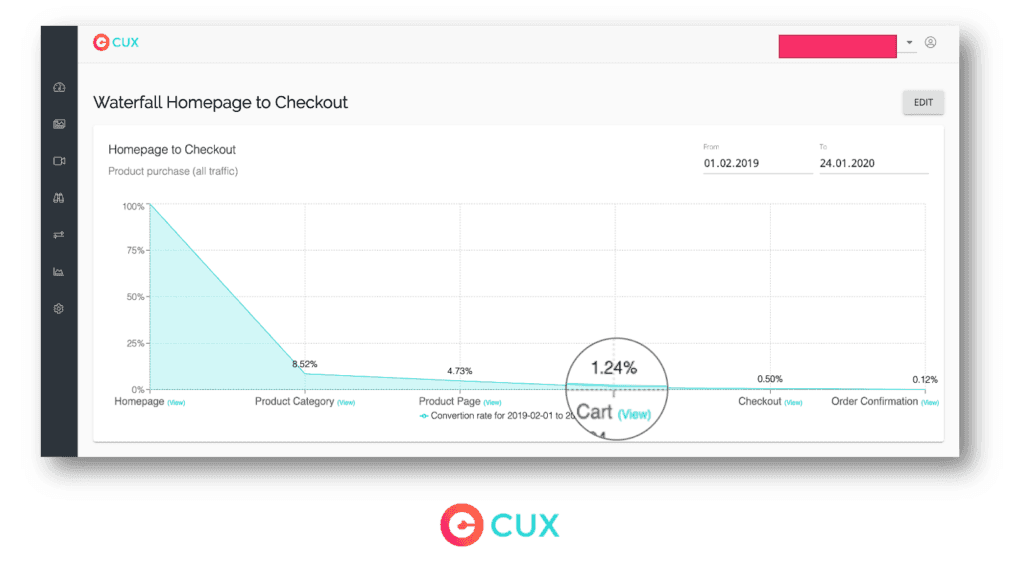
This helped the team identify exactly where users dropped out and what might have caused it, such as broken links or graphics that resembled call-to-action buttons.
Impact
Conversion rates restored
By leveraging CUX’s analytics and insights, T-Mobile swiftly identified and resolved the inconsistency issue, aligned the offer presentation across the user journey, and restored their conversion rates to desired levels.
Seamless data access with GTM integration
Thanks to the integration of CUX with Google Tag Manager, all events from the data layer flowed seamlessly into cux.io. With filters based on names and categories, the T-Mobile team could pluck out the exact recordings they were after - “like searching for buried treasure and finding it on the first try.”
Combining data for long-term gains
The T-Mobile case exemplifies the power of analytics in tackling conversion rate challenges. They achieved a data-driven solution that not only addressed the immediate issue but also enhanced their overall user experience. This case underscores the importance of combining quantitative and qualitative data analysis to make informed business decisions and achieve significant improvements in conversion rates.